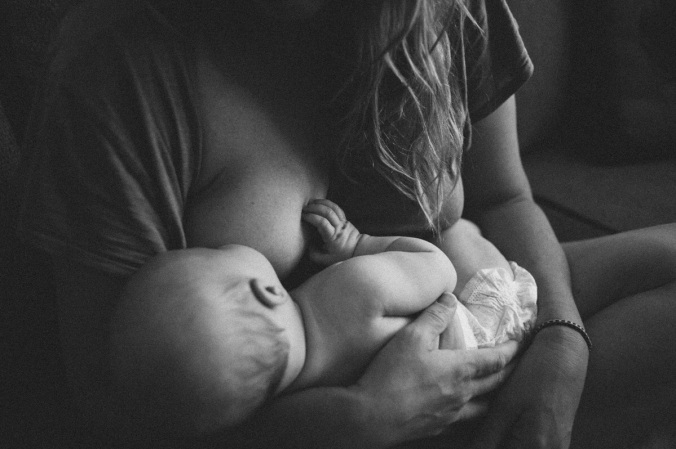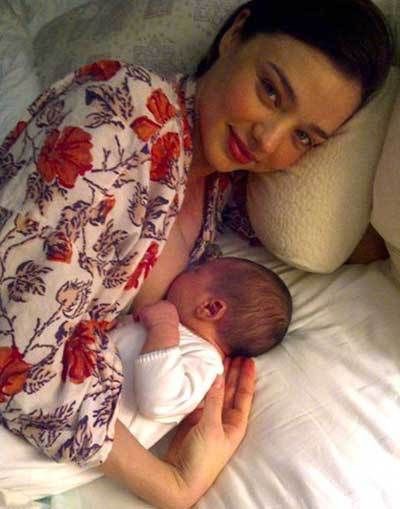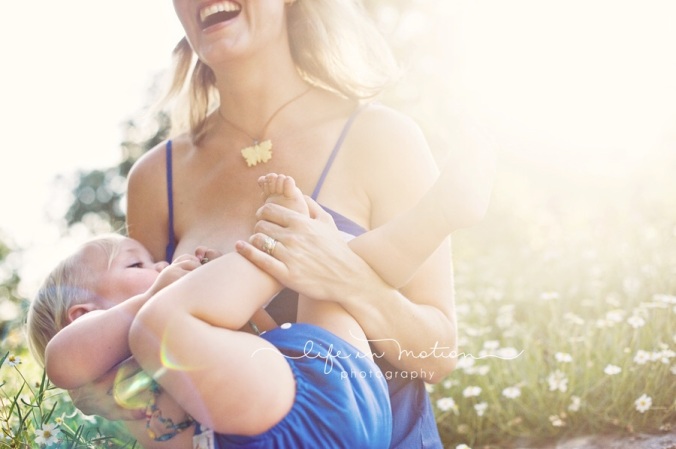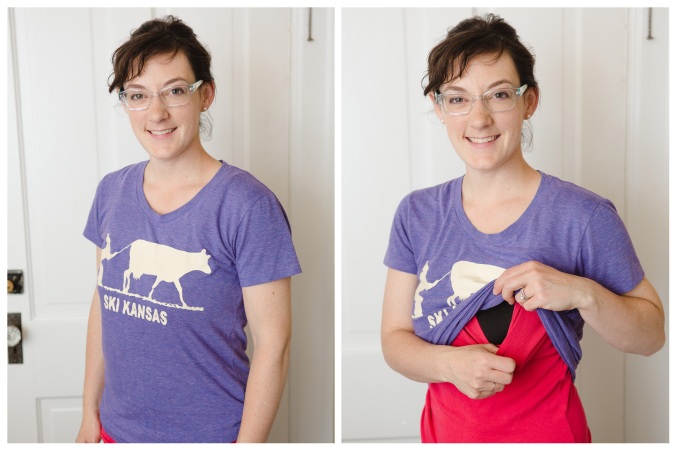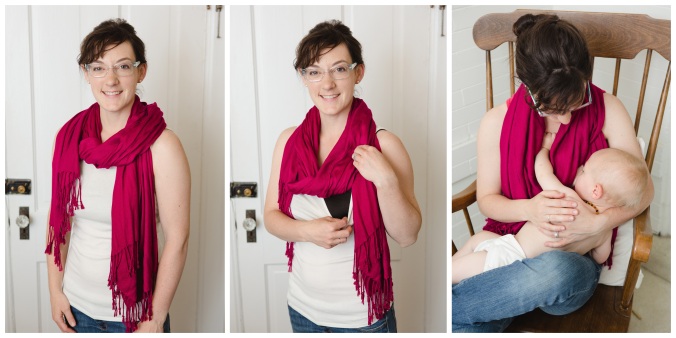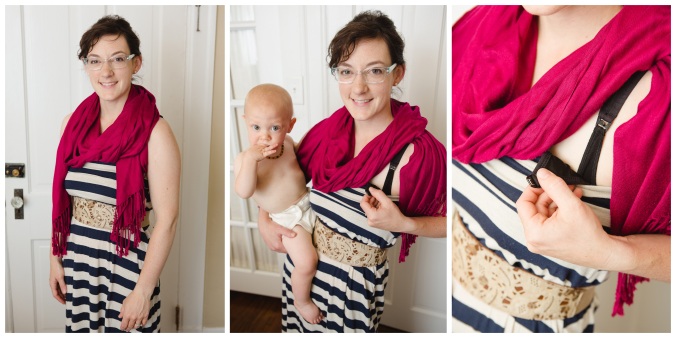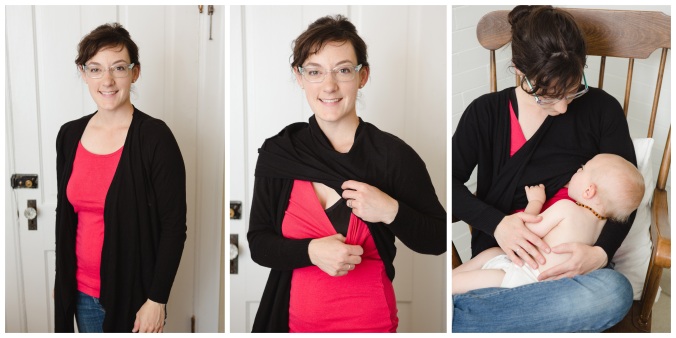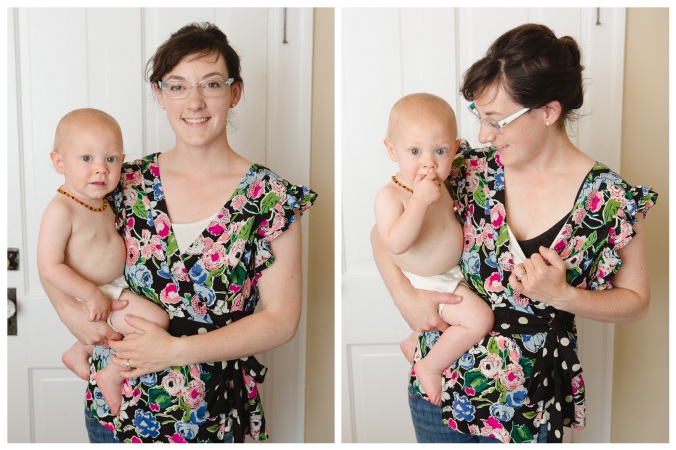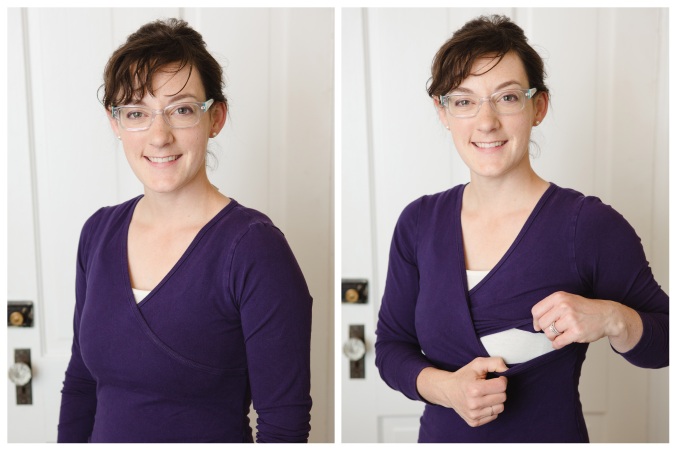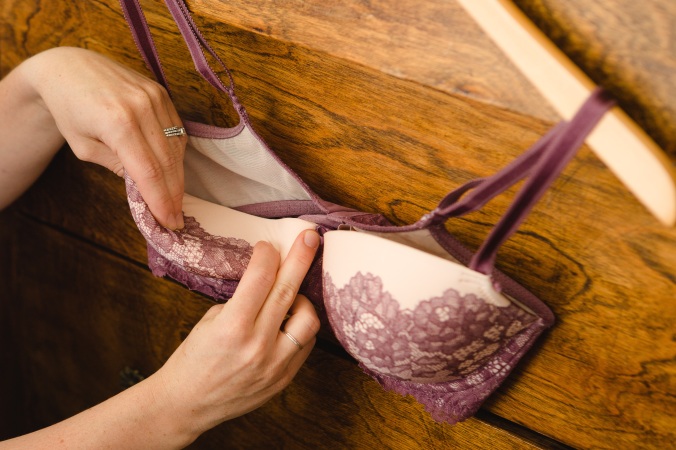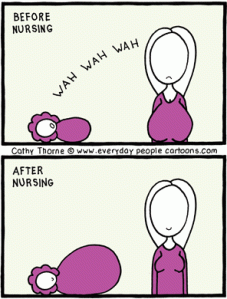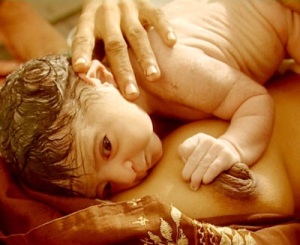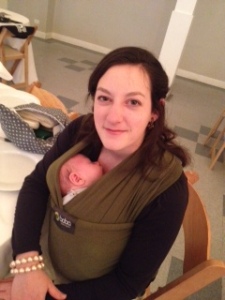When I had to safety pin the waist of my pre-baby yoga pants, I had an inkling that something was not right.
Before I became pregnant with Robinson, I weighed about 125 pounds. Several months after his arrival, by my current estimation, I weighed about 95 pounds.
Yikes.
Postpartum weight loss is an issue that I think many women, including myself, are completely unaware of. When it comes to postpartum weight, what do we usually hear from our fellow moms? “Man, I wish I could get rid of this baby weight!” “Things are going really well! Except I still have to lose a few pounds to get back to my pre-birth weight…” “I can’t wait to get back into my yoga pants!” 🙂
The most common “issue” I hear about is needing or wanting to lose MORE weight. I didn’t – and still don’t – hear of women losing TOO MUCH weight. And true, being underweight after birth is probably a less common problem than being a few pounds overweight. Nonetheless, it’s a problem that women need to be aware of, as my cautionary story will reveal.
(These two pictures are of me at my skinniest. The Ergo carrier (in addition to my clothes) even fit me strangely! I also believe I lost more hair than is considered normal.)
For me, there were several factors that contributed to my major weight loss. The main one is Ignorance. I’ll repeat what I said above: I didn’t know it was possible to lose too much weight in the months after birth because I never heard anyone talking about it (not even in my doula training). I saw my tummy getting littler and thought, “All right! This is happening more quickly than I expected!” Little did I know I was losing calories quickly without taking in many calories. Here are the other three factors that contributed to my being underweight:
- Breastfeeding – Breastfeeding helps melt off the pounds in record time. “Depending on how much milk you produce, breastfeeding can burn up about 500 calories per day. What’s more, it stimulates the release of hormones that help shrink your uterus (and your post-baby belly)” (Source: WhattoExpect.com). I was breastfeeding at all hours of the day (and night), sometimes several times in one hour! That’s gonna burn a lot of calories.
- Walking – What does a stay-at-home-mom do with a baby born in Spring? Take walks of course! :). We walked for miles each week, and I didn’t realize how many calories I was burning in this simple activity.
- Not eating – Imagine that! Your body needs fuel to keep on keepin’ on. As I was trying to take care of my newborn, I was not caring for myself. This is a no-brainier in theory, and everyone warns you about it during pregnancy (“Be sure to take care of yourself!”). But in reality, finding a moment when you are not breastfeeding or napping, to fix yourself something to eat, is easier said than done.
So here are my tips for maintaining a healthy weight in the months following your baby’s birth:
- EAT! Make sure you have meals and snacks on hand. Preferably, make and freeze some before the Birth Day. I would suggest not only healthy snacks, but one-handed snacks packed with a lot of healthy calories, that you can eat while breastfeeding. When I had one-handed snacks available, it often made the difference between eating and not eating that day.
- Use a scale and a mirror. Little did I know that my decor would have a significant effect on my body weight. Had I had a full length (or even half length) mirror to look at, I think I would have seen just how skinny I was getting and would have taken proactive measures to get back on track sooner. The same goes for a bathroom scale: If I had one sitting out, I might have used it (even just once a week), and again, would have noticed my weight dropping to an unhealthy level.
- Pay attention. Start by knowing that this can be a problem for some women (and now you know! :)). Watch the way your clothes fit, watch the way your body changes, and listen to others reactions… What I mean by this last point is if someone who cares about you comments on the fact that you’re “looking rather thin”, you don’t necessarily need to take it as gospel, but it may be worth checking the other factors we’ve talked about here to determine whether you truly have lost too much weight. I tell my doula clients’ husbands to keep an eye on their wives to make sure they are eating etc., but the drawback is that your husband sees you every day and may not notice the gradual change in your body the way someone outside your household might.
Update: Many of you have read this post and asked whether my thyroid levels were out of whack. Since having a baby messes with your hormones in a major way, many women have hyper- or hypo-thyroidism following birth. For me, this was not the issue, but it’s certainly a good idea to get yours checked! Also, many of you have kindly asked whether I am now at a healthy weight, and the answer is yes! Still a little slim, but I would say healthy :). There is hope! You will get to a healthy weight with patience and perseverance.
Thank you for listening to my saga 🙂 I would love to hear about your own experiences in managing your weight in the postpartum period. And please share this article with your friends, particularly those who are having or just had a baby. Let’s keep our friends healthy and strong!


